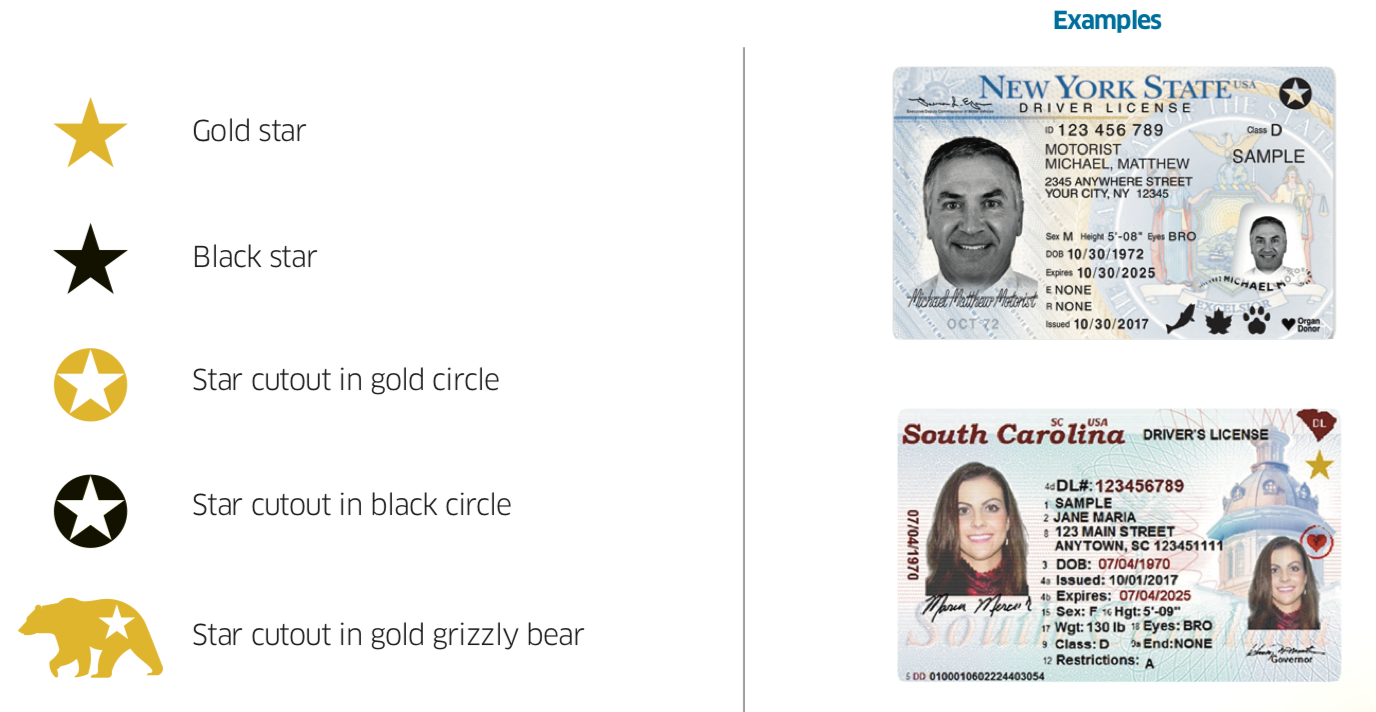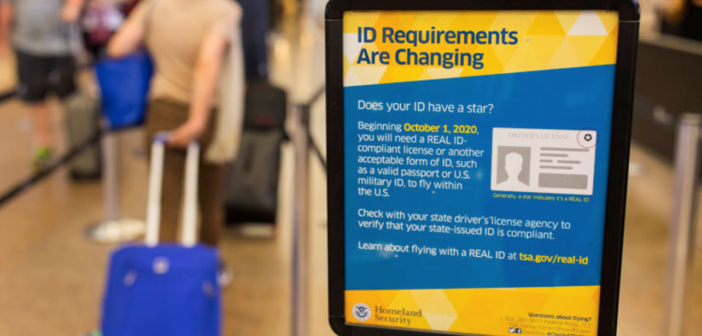By: Haley Knowles, Contributing Writer
The terrorist attacks of Sept. 11, 2001, led to widespread changes throughout the United States. Some of these changes include amendments to certain laws – anti-money laundering statute, lowering the legal bar to allow government wiretapping, the blue uniform for all TSA agents at airports, and the enforcement of the REAL ID Act.
The REAL ID Act is the most significant change since it relates to something that almost every American will have to deal with: their driver’s license. A REAL ID is a “specification for driver’s licenses mandated by the United States REAL ID Act of 2005.” It established the minimum-security standards for the state-issued driver’s licenses or identification cards, which were also aimed to eliminate airline terrorism.
A REAL ID license allows access to federal buildings, provides the ability to board flights, and enables an individual to open bank accounts. In compliance with the act, states are required to issue driver’s licenses with an individual’s full legal name, date of birth, gender, picture, and signature. The license would also have the address of the individual, along with the driver’s license or identification card number. Additionally, there are physical features to prevent the duplication of a REAL ID license, including a hologram as well as a machine-readable bar code that has additional data. Most importantly, every state-issued REAL ID license has a gold or black star on the front of the card, except for Hawaii’s, Ohio’s, and Utah’s. If the identification card has the words “not for federal identification” or “federal limits apply,” then the identification card is not REAL ID-compliant.
The process of obtaining a REAL ID is not difficult once all the required documents are in hand. First, the individual needs to make an appointment at the Department of Motor Vehicles (DMV) office in their county. The documents needed to obtain a REAL ID include proof of identity: a birth certificate, a passport, a permanent residence card or a foreign passport along with an approved I-94; proof of a social security number; proof of residency such as a rental or a lease agreement, bills, medical or school documents; and, if needed, a name change document such as a marriage or divorce decree. Upon handing the documents to the DMV agent, the documents need to be approved, and the individual is asked to take his or her photo. Once the REAL ID license fees are paid, the identification card is printed – prices vary by state.

The gold and black stars that indicate whether the license is compliant.
A REAL ID is not a substitute for a passport for international travel. To fly internationally, an individual needs a passport and a visa – depending on the country. When flying domestically, a REAL ID or an alternative form of TSA-approved identification is required. However, Michigan, Minnesota, New York, Vermont, and the State of Washington issue “enhanced” driver’s licenses that allow citizens of those states to travel to Canada, Mexico, and the Caribbean by land and sea, but not by air.
It is not necessary to have a REAL ID license to drive or vote, but when it comes to flying domestically, a REAL ID is essential.






